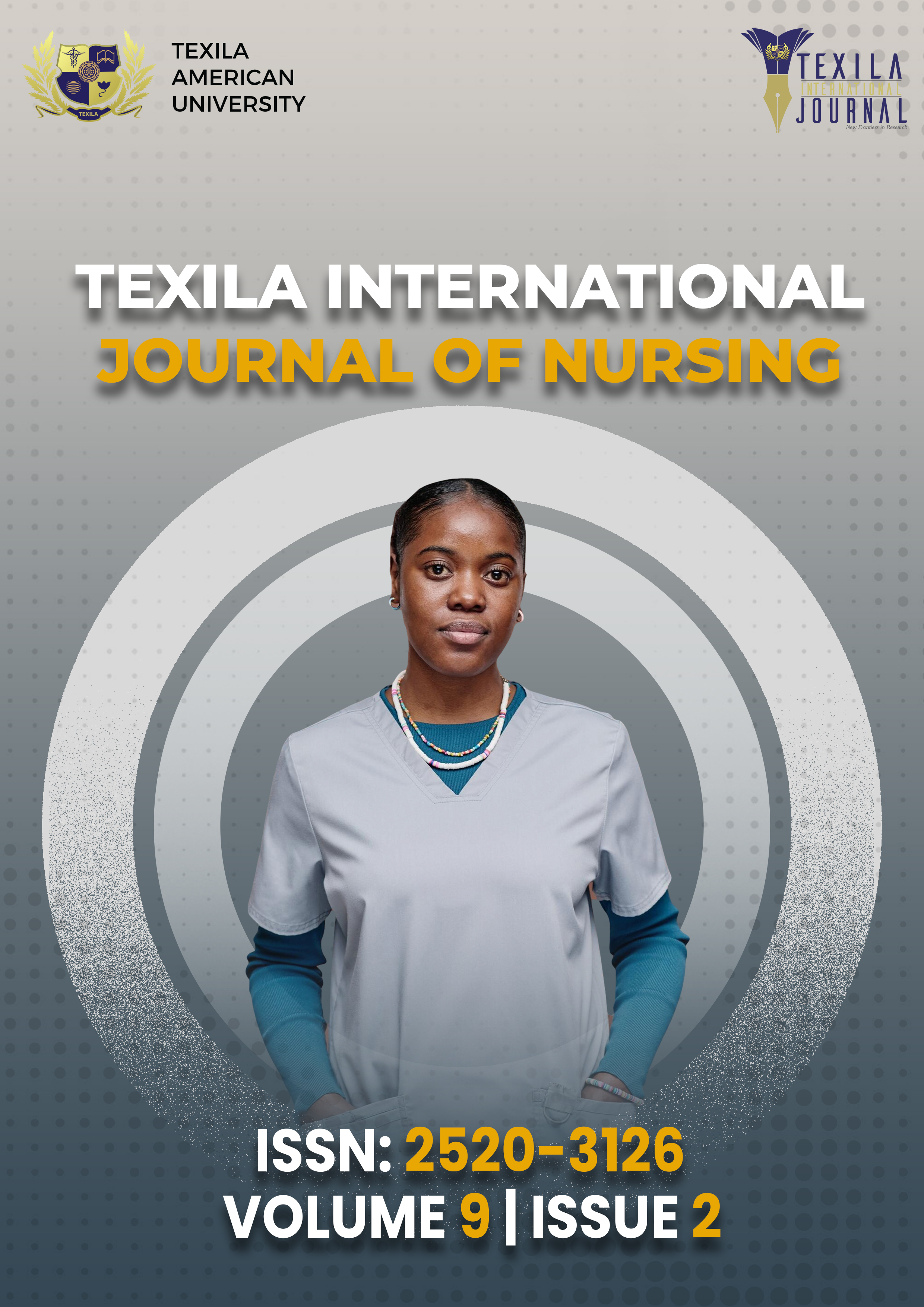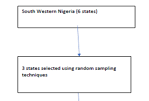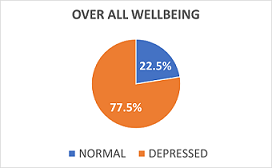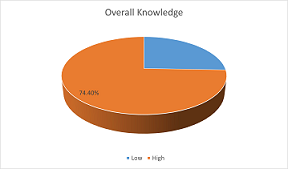References:
[1] World Health
Organization (2020) World Malaria Report 2020. World Health Organization, Geneva.
https://doi.org/10.30875/60123dd4-en.
[2] WHO. World
Malaria Report 2016. Geneva: World Health Organization; 2016.
[3] Awoselu
T.A, Ashikeni M.A, Envuladu E.A, Zoakah A.I. (2013). Perception and practice of
malaria prevention and treatment among mothers in Kuje Area Council of the Federal
Capital Territory, Abuja, Nigeria. Int J Med Biomed Res;2(3):213 – 220.
[4] Singh, S.
& Singh, R. (2014). Herbal Medicinal Treatment of Malaria in Aliero Local Government
Area, Kebbi, Nigeria. Journal of Medicinal Plants Studies. Volume: 2, Issue: 2.
Pp.117-126 ISSN: 2320-3862 Online Available at www.plantsjournal.com.
[5] Maximus,
M. T., Bambang, P. E.W. & Mangestuti, A., (2018). Plants used in traditional
medicine for treatment of malaria by Tetun ethnic people in West Timor Indonesia.
Asian Pacific Journal of Tropical Medicine. Vol. 11(11): pp.630-637 https://doi.org10.4103/1995-7645.246339.
[6] Mbah, G.O.,
and Ekweanya, N.M. (2019). Analysis of Utilization of Traditional Medicine for the
Treatment of Malaria among Rural Farmers in Abia State, Nigeria. International
Journal of Environment, Agriculture and Biotechnology (IJEAB) Vol-4, Issue- 2.
[7] Omagha R,
Idowu ET, Alimba, G.C, Otubanj, O.A., and Adeneye, Z.K. (2021) Survey of ethnobotanical
cocktails commonly used in the treatment of malaria in southwestern Nigeria.
Future Journal of Pharmaceutical Sciences 7:152.
[8] Beavogui
AH, Delamou A, Camara BS, Camara D, Kourouma K, Camara R, Djimde A (2020) Prevalence
of malaria and factors associated with infection in children aged 6 months to 9
years in Guinea: results from a national cross-sectional study. Parasite Epidemiol
Control 11: e00162. https://doi.org/1 0.1016/j.parepi.2020.e00162.
[9] Zachary,
M.L. (2003). Descriptive Statistics, Part II: Most Commonly Used Descriptive Statistics.
Journal for Specialists in Pediatric Nursing, 8(3).
[10] Mbah, G.O.,
and Ekweanya, N.M. (2019). Analysis of Utilization of Traditional Medicine for the
Treatment of Malaria among Rural Farmers in Abia State, Nigeria. International
Journal of Environment, Agriculture and Biotechnology (IJEAB) Vol-4, Issue- 2.
[11] Okosodo, E. and Sarada, M. (2021). Plants
traditionally used in treating malaria, typhoid fever, and related complications
in South-Western Nigeria. European Scholar Journal. 2(5).
[12] Beavogui
AH, Delamou A, Camara BS, Camara D, Kourouma K, Camara R, Djimde A (2020) Prevalence
of malaria and factors associated with infection in children aged 6 months to 9
years in Guinea: results from a national cross-sectional study. Parasite Epidemiol
Control 11: e00162. https://doi.org/1 0.1016/j.parepi.2020.e00162.
[13]
Adebayo JO, Krettli AU (2010) Potential antimalarials from Nigerian
plants: a review. J Ethnopharmacol 133(2):289–302. https://doi.org/10.1016/j.jep.
[14]
Oreagba
et al. (2011) Herbal medicine use among urban residents in Lagos, Nigeria. BMC Complementary
and Alternative Medicine.11:117.
[15]
Karunamoorthi, K., Jegajeevanram, K., Vijayalakshmi, J. &
Mengistie, E. (2012). Traditional Medicinal Plants: A Source of Phytotherapeutic
Modality in Resource-Constrained Health Care Settings. Journal of Evidence-Based
Complementary & Alternative Medicine 18(1) 67-74 SAGE. https://doi/10.1177/2156587212460241.
[16] Joseph, A., Nestor, G., Mark, A., and
Vincent, B. O., (2017). Malaria in Pregnancy: A Demographic and Clinical Surveillance
at Mother and Child Hospital Ondo, Southwestern, Nigeria. Journal of Prevention
& Infection Control. 2017, 3:1.
[17]
Eze,
B, Chuka-Okosa, C & Uche, J. (2013). Traditional eye medicine uses by newly
presenting ophthalmic patients to a teaching hospital in south-eastern Nigeria:
Socio-demographic and clinical correlates. Biomedical Centre Complementary and Alternative
Medicine.
[18] Yuan, H.; Ma, Q.; Ye, L.; Piao, G. The
traditional medicine and modern medicine from natural products. Molecules 2016,
21, 559.
[19]
Singh,
S. & Singh, R. (2014). Herbal Medicinal Treatment of Malaria in Aliero Local
Government Area, Kebbi, Nigeria. Journal of Medicinal Plants Studies. Volume: 2,
Issue: 2. Pp.117-126 ISSN: 2320-3862 Online Available at www.plantsjournal.com.
[20]
Suellen,
L., Odedina, S., Agwai, I., Ojengbede O., Huo, and Olopade, O. (2020). Traditional
medicine usage among adult women in Ibadan, Nigeria: a cross-sectional study.
[21]
Okosodo,
E. and Sarada, M. (2021). Plants traditionally used in treating malaria, typhoid
fever, and related complications in South-Western Nigeria. European Scholar Journal.
2(5).
[22]
Ogbuehi IH, Ebong OO, (2015). Traditional Medicine Treatment
of Malaria in Onitsha, Southeast Nigeria. Greener Journal of Medical Sciences,
5(1):011-018.

 Knowledge, Perception and Utilization of Herbal Medicine in Treatment of Malaria in Southwestern NigeriaAuthor: Michael Oloyede OladejiDOI: 10.21522/TIJNR.2015.09.02.Art001
Knowledge, Perception and Utilization of Herbal Medicine in Treatment of Malaria in Southwestern NigeriaAuthor: Michael Oloyede OladejiDOI: 10.21522/TIJNR.2015.09.02.Art001 Level of Well-Being among School Going AdolescentsAuthor: Rajathi SakthivelDOI: 10.21522/TIJNR.2015.09.02.Art002
Level of Well-Being among School Going AdolescentsAuthor: Rajathi SakthivelDOI: 10.21522/TIJNR.2015.09.02.Art002 Utilization and Effectiveness of Herbal Medicine in Treatment of Malaria in Osun StateAuthor: Michael Oloyede OladejiDOI: 10.21522/TIJNR.2015.09.02.Art003
Utilization and Effectiveness of Herbal Medicine in Treatment of Malaria in Osun StateAuthor: Michael Oloyede OladejiDOI: 10.21522/TIJNR.2015.09.02.Art003
